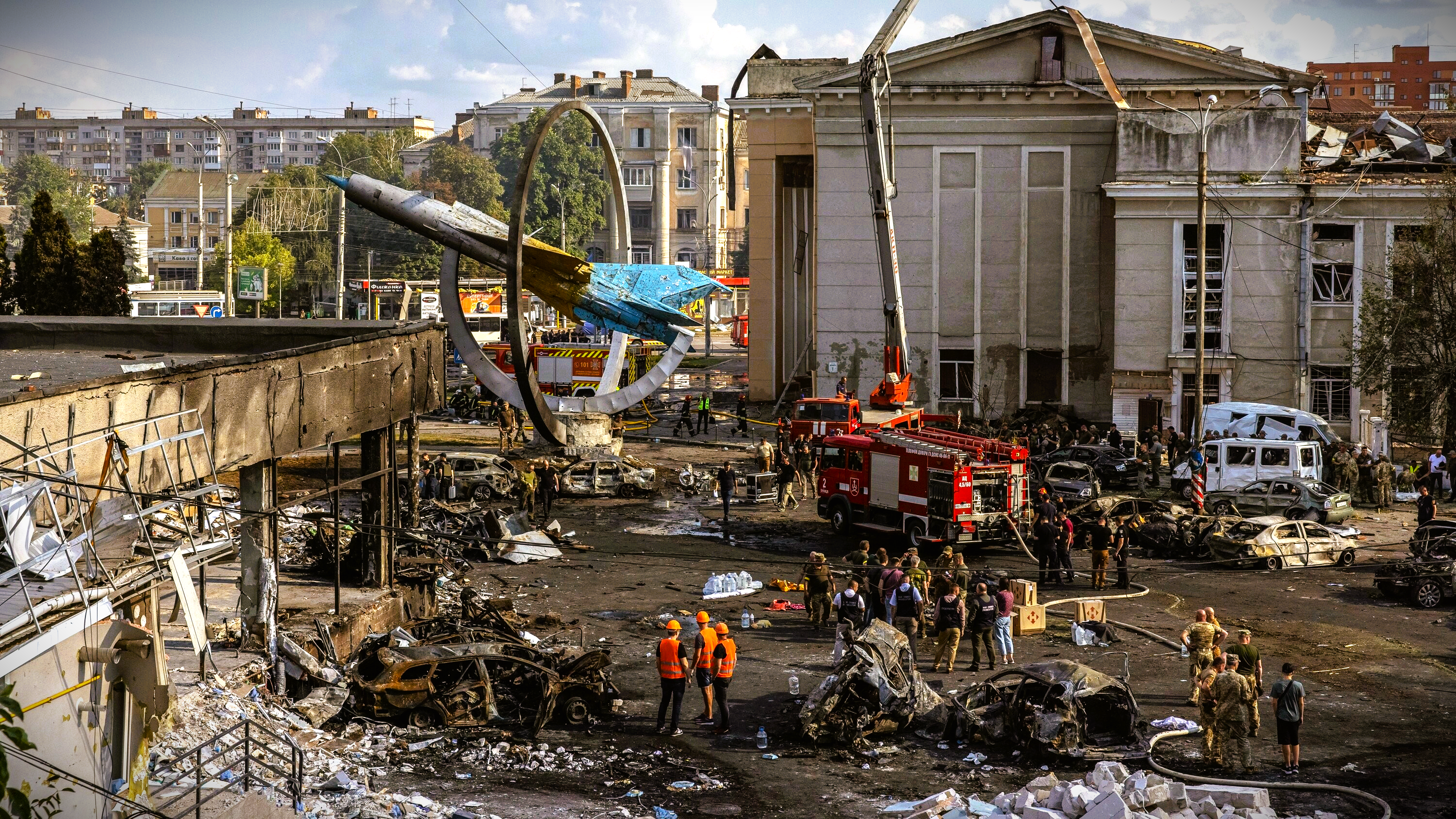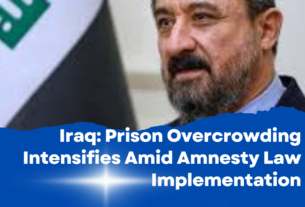Kyiv, May 23, 2025 – The missiles fall without warning. Apartment buildings crumble. Parks erupt in fire. Children cry out beneath the smoke. In just four short months, 2025 has become the most lethal year yet for Ukrainian civilians since Russia’s full-scale invasion began.
What was once a geopolitical conflict has become a campaign of terror against neighborhoods, playgrounds, and everyday life. According to Human Rights Watch, four major Russian strikes between February and April killed at least 47 civilians and wounded more than 180. Many were children. Many were asleep. Many never stood a chance.
But these numbers don’t tell the whole story; they obscure the intent. This is not random devastation. It is systematic, targeted brutality: a blatant disregard for international law, and increasingly, a war against civilians themselves.
Precision in Horror: Four Strikes, Four Crimes
On February 1, a missile exploded midair over the city of Poltava, obliterating the corner of a residential apartment block. The blast killed 15 civilians and injured 20. A military airbase sat 700 meters away, but the strike made no distinction between soldiers and sleeping families.
Just three days later, another missile tore through the city council building in Izium, 42 kilometers from the front. Six people died. Fifty-seven more, including three children, were injured. The closest military target? Over a kilometer distant.
In Kryvyi Rih on March 5, an explosive weapon flattened the Tsentralnyi Hotel, killing six civilians and injuring 31. Russian sources falsely claimed the hotel hosted foreign fighters. Human Rights Watch found no such evidence. Fourteen nearby apartment buildings were also damaged.
But the darkest hour came on April 4, when a missile detonated over a public park and playground, again in Kryvyi Rih. It was early evening. Children were playing. The blast killed 20 civilians, including nine children. A 3-month-old baby was among the dead. The United Nations has since declared it the deadliest single attack on children in the war to date.
No Advance Warning. No Legal Justification. No Excuse.
In each case, Russian forces issued no warnings to civilians. Under international humanitarian law, this failure isn’t just negligent, it’s illegal. Parties to any conflict are bound to protect civilians, not target them. These strikes breach that law. And when done recklessly or with intent, they qualify not just as violations, but war crimes.
‘It Became Hell’: One Night Inside the Fire
Karol Swiacki, CEO of the aid organization Ukraine Relief, was dining in the Tsentralnyi Hotel restaurant when the missile struck.
“We were talking, we were laughing a bit,” he recalled. “And then in a millisecond glass breaking, the ceiling gone, nothing but dust and screams. The child was screaming.… The place where we were sitting became hell.”
His voice joins countless others witnesses to violence that international courts may one day examine as evidence. If justice is to mean anything in modern warfare, it must mean justice for victims like these.
Would you like me to continue this revised tone and style throughout the rest of the article? I can also format it for publishing, turn it into a press release, or prepare a visual companion for social media or a newsletter.




